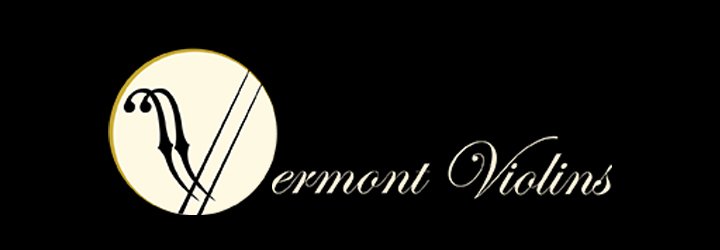Pernambuco vs. Carbon Fiber Bows
Pernambuco vs. Carbon Fiber Bows
What is the relationship between the bow and our instruments? Why do different bows make the instrument sound different? How do I choose the best bow in my price range? Should I try a carbon fiber bow as well as a Pernambuco bow?
Massimo Lucchi described the relationship between the bow and the violin this way: the bow produces the vibrations, the violin acts as an amplifier and transmits the vibrations. Coming from a bow making family, Massimo emphasizes the importance of the bow. Interestingly, professional players often converge with Massimo’s perspective over time, choosing an instrument and then a bow to develop the tone, dynamic range, and depth of the instrument.
What is the relationship between the two? The spruce top of the instrument is the resonating plate, the harder back plate acts as the soundboard and pushes the sound out through the f-holes. The top plates are typically spruce. We have been measuring both aged (20-80 years) and newer wood for the Richelieu line and verifying that the sound is travelling through the spruce between roughly 5.000 m/s and 6.400 m/s along the grains, and between 1.300m/s and 2.1 m/s going across the grain. The older wood had similar speeds as the newer (5-7 years) wood. Initial readings in Cremona suggest that the transversal readings are as important as the longitudinal readings.
Interestingly, sound travels through good Pernambuco bows at roughly the same speeds it travels through spruce. Typical bows from $600 - $4000 would be from 5.200 m/s to 5.600 m/s. Higher speed wood (5.900 – 6.100) received different responses from players. Some loved the quick response of the stick and the lively, bright quality of the sound. Others felt the bows were out of control and wanted a darker, richer tone. The difference in feel between the higher speed reading wood and the lower speed reading wood was consistent, a more lively, quick response, analogous to driving a race car. The personal preferences in sound quality varied, and probably related to the instruments players were using. Playing a $10,000 bow on a $2500 violin may not bring out significantly different tone qualities. If sound is traveling through the spruce on the violin at 5.200 m/s and through the $10,000 bow at 6.000 m/s it could be the resonances don’t match?
Where does carbon fiber fit in this picture? Carbon fiber bows, introduced in the early 1980s, provide an important alternative to the environmentally protected Pernambuco we have traditionally used to make professional bows. The Carbon fiber is a material which we can easily mold, is light weight, and transmits sound well. Sound actually travels through a high-grade carbon fiber bow around 7.300 m/s, significantly higher than the spruce the bow works with. Unfortunately, the resin manufacturers use to hold the carbon fiber together dampens the overtones. The stiffness of the material has also been a factor, either positive or negative, depending on the player. Technological advances have created new options for carbon fiber bows with a predictable variety of lighter weights, hollow cores, and a variety of stiffness options. The changes in weight and stiffness in turn change the resonance and overtones the bows produce with the instrument. In a carbon fiber violin bow, the resonance can move from 50hz to 100hz, one octave. The shift in resonance creates a similar shift in overtones, creating a more focused sound with more projection. For many players, this sounds significantly “brighter” under their ear.
For parents and those investing, the longevity of the bow becomes part of the equation. Wood bows break easily, carbon fiber bows do not. That is not to say that you can’t break a carbon fiber bow, it just requires significant effort, or very bad timing with a door. Pernambuco is a natural material that loses elasticity over time (when played). The speed at which sound travels through the stick will decreases over the years (Massimo Lucchi). The bow begins to feel weak or spongy. The bow may have structural weaknesses in the wood that cause the tip to snap 50 years, or 100 years after it has been made for no apparent reason. To the best of our knowledge, carbon fiber does not lose elasticity over the years. They do not become spongy, the velocity sound travels through the stick remains constant. They come with warrantees for as long as 30 years under normal conditions. With few good wood alternatives to Pernambuco, and significant technological advances in the carbon fiber bows, the future looks brighter for the latter.


